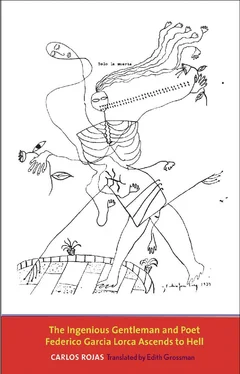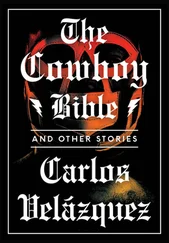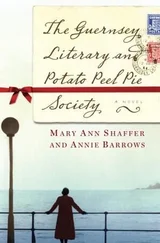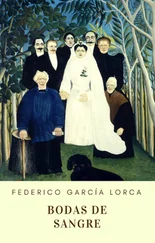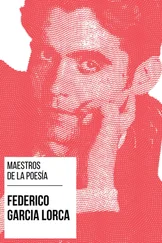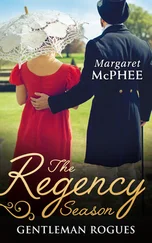What happened afterward should have been reduced to a collective hallucination. He tried to believe this even knowing he was translating it into the terms of a rationalist club. Dogs and men really ended in a silence of muffled voices and yelps. This was how he had ended forever, yes, forever, when they shattered his back with bullets and he fell into the ravine on the night of the crime. There was no sleepless consciousness, no hell in a spiral, no orchestra seats, no corridor ascending in alabaster light, no prosceniums, no scenery, no memories revived on stage, no apparitions, no gold letters on windows of trains, no trial, no possible redemption. Only death, which was nothingness. And yet, yes, yes, and yet he could not deny the incontrovertible evidence, because the existence of redemption and judgment was obvious to him (WHY DON’T YOU PRETEND YOU’RE CRAZY AND BE ACQUITTED?), as well as train windows where the process and hearing were announced to him in letters of fused, burning gold, as clear as the ghosts of his two doubles, or the prosceniums and stages where memories were represented for a population of shades invisible to one another in the alabaster light of passageways and orchestra seats. Paradoxically, all that was as undeniable as absolute annihilation in the rectangular, interminable peace of death. After all, Fernando Villalón himself, a man who said he lived among the living and the dead at the same time, once declared that the important thing wasn’t existing or not existing but knowing who one is.
From I he passed to he, or rather, to be clear, from himself to Sandro Vasari, the man with hair flat against his skull and a cut on his cheek. He thought he was slowly unveiling his own truth, just as Dalí tore successive layers of rice paper from his collages until he revealed the intended composition, or the one that appeared by virtue of the Calderonian magic of art, where all dream was life. His absolute death was possible, the death of body and soul, of desire and memory, beside the ravine of so many crimes. In that case, all that remained of who he was, the little boy dressed as a girl and a knight on a pony of papier-mâché at the age of one in a photograph hidden in his parents’ bedroom, the boy wearing a knitted tie in the Retiro, the lover of Dalí, the comrade of Sánchez Mejías, the pederast who paid for the kisses of Gypsies and then hated himself for hating them, the author of his verses and plays, the bard who scandalized Bebé and Carlillo Morla reading them The Public , the poet who also offended the piety of Don Manuel de Falla when he dedicated the “Ode to the Blessed Sacrament of the Altar” to him, believing it would please him, the man who saw the aurora borealis over the lake at Edem Mills and the long streaks of the rainbow on the Manhattan asphalt, all, all of it, all, all of him would be nothing but a handful of mute bones rotting in the ground.
Sandro Vasari told Ruiz Alonso that he wasn’t trying to write a book but a dream. “The one I had on the first of April of this year. I dreamed about hell and saw it as an endless spiral along which a carpeted passage ascended. Some theaters open on to the corridor and each of these corresponds to a dead person. And in one of the orchestra seats, the man you arrested and some say also denounced awaits judgment.” When they had reached that point, Ruiz Alonso protested fiercely, shouting that he hadn’t denounced anyone. Sandro Vasari let him have the last word, perhaps without believing him, and continued the account of his nightmare. Perhaps what had happened after his death could be reduced precisely to the dream of the man with the cut cheek and the hair smoothed flat against his head. Or rather, to put it better, to the dream he wanted to write, as he confessed to Ruiz Alonso, and perhaps was writing. In such circumstances, which to a spiritualist cattle rancher and poet like Villalón would seem as evident as the appearances of the dead, he would have no other voice, no other being than the ones lent to him by his author. The man who drew crosses of Lorraine in a notebook as he listened in the Lyon to the confidences of Ruiz Alonso without looking at him, would have begun to sketch a spiral in the same notebook when he was barely awake on the morning of April 1st in some year. Then, he would have drawn lines resembling the arms of the crosses along the spiral at four distinct points not very far from one another. One would be his theater in eternity, the next the one of the stranger acquitted and freed from wakefulness, the third the orchestra seats prepared when the day arrived for Vasari himself, the last the parterre of that being whose name he did not know or whose name he did not care to recall, before the setting of the Apocalypse. From then on, and as Luis Buñuel said to him one day, quoting René Clair, the dream of the man with the cut face would be transformed into a book and needed only to be written.
He himself knew how fragile, though not invisible, were the boundaries between dream and literature. As he said to Gerardo Diego, the poet was a creature lost in the dark night of the soul where he went hunting, blind and ignorant of the prey he pursued. How and why verses arose, with their essence and form, from so much disorder no one knew, or at least he would never know. He had only the certainty, he added then in a way whose rhetorical pedantry he could not escape now, that he could destroy the Parthenon every night and erect it again from the beginning every daybreak. He had other certainties as well as doubts in that hell constructed to the measure of his destiny by Sandro Vasari. Above all he wondered what the extent of his liberation would be, if in some way he became free, in the book that undoubtedly bore his name. Were his acts, his feelings, his reflections his own or were they all foreseen, as he foresaw the fate of El Amargo in his “Ballad of the Summoned One”? The messages interpolated in the staging of his memories, PREPARE FOR YOUR TRIAL, WHY DON’T YOU PRETEND YOU’RE CRAZY AND BE ACQUITTED? Were they real advice from his creator or merely false short cuts to lead him into dungeons of paper and words in a monstrous board game? If he could have spoken to Sandro Vasari, supposing the partially conceived creature were capable of arguing with his biographer in hell, he would ask him only to be as fair with him as he was with his own characters. In the days when he published volumes of poems and staged dramas, when his unexpected fame preceded him wherever he went, he never considered himself better than the helpless humanity in his verses and plays. His was the brittle abandonment of the roll call of Gypsies, statues, dead men no one knew, women denied maternity, girls seized by black grief, blind dead women, knifed smugglers, blacks covered in mushrooms, crushed squirrels, minotaurs, bullfighters gored open from top to bottom, goblins, masks, girls drowned in wells, chimeras, and marvelous shoemakers’ wives. Perhaps the reason for his success with the public and even among people who despised his pederasty was the vulnerability intimately shared with his characters. So that flattery would have been one side of the coin of his fate. The other was being shot to death in the back, which perhaps had been carried out to determine whether he was a creature of flesh and blood or a creature from his books.
Suddenly he felt terribly tired. With almost amused curiosity, he wondered whether the fatigue was his or had been imposed by the implacable Sandro Vasari. In any case, if he had been able to sleep without contradicting himself and without having been acquitted at trial, he would have sunk into an endless sleep, like the sleep of someone who sinks into a lake and encounters a blind mirror as the center of the world. From those hypothetical ciphers of a futile language, the lake and the world, he moved to the spiral that Vasari would believe as certain as himself, if he was a truthful, authentic writer. He told himself, or believed he sensed it, that then it wouldn’t be enough for their creator to point out the four theaters where his novel took place. He also would have to write down the action and divide it into another four acts whose names were revealed to him, as obvious as his life or his death: THE SPIRAL, THE ARREST, DESTINY, and THE TRIAL.
Читать дальше
